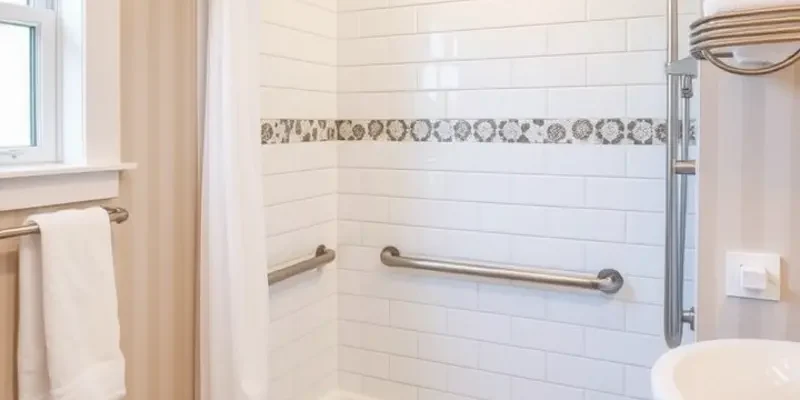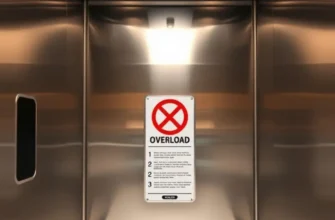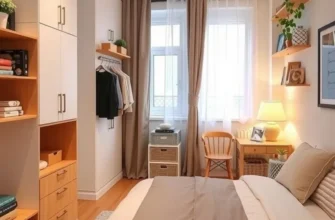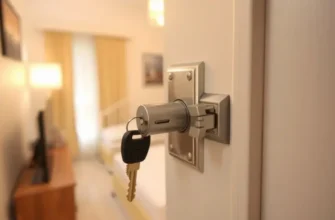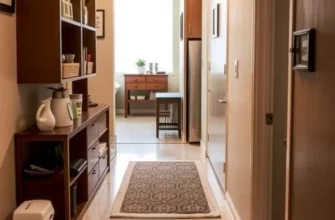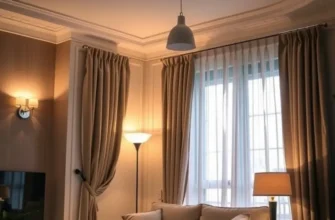For renters, ensuring safety in the bathroom—specifically in the shower—is essential, yet often overlooked. With numerous moving parts, such as slippery surfaces, water temperature control, and proper installation of fixtures, having peace of mind when stepping into your apartment shower matters. Not only can an unsafe shower lead to accidents, but it can also cause damage to your apartment, potentially resulting in costly repairs. This guide emphasizes practical tips and accessible solutions aimed at renters across the U.S. Whether your shower is compact or spacious, understanding the nuances of shower safety can alleviate worries. By prioritizing safety, security, and hassle-free maintenance solutions, you’ll foster a comfortable and secure shower experience. Let’s dive into the essential safety practices that every renter should adopt to cultivate a safer home environment, one shower at a time.
Establishing a Secure Shower Environment
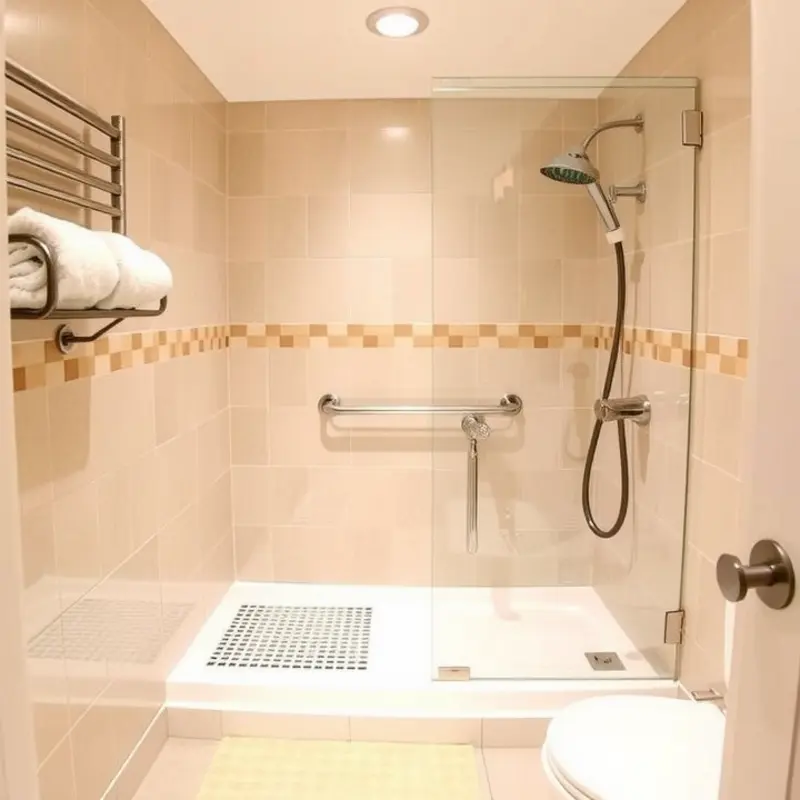
Ensuring a safe shower environment is pivotal in maintaining your personal safety. This involves both preventive measures and regular maintenance checks. The first step is to assess the flooring for slip hazards. A non-slip mat is a simple yet effective solution that can significantly reduce the risk of falls. Opt for mats with suction cups as these provide a more stable grip on wet surfaces.
Regular inspection of the shower’s flooring is also necessary. Over time, the texture of tiles can wear down, becoming smooth and slippery. If this is the case in your apartment shower, consider discussing possible replacement or treatment options with your landlord or property manager.
Next, focus on the fixtures. Ensure all anchors and fittings, such as grab bars and showerheads, are secured tightly. Loose fixtures not only compromise safety but can also lead to costly water damage if not addressed promptly. It’s advisable to check the water pressure periodically. A sudden increase can be a sign of potential plumbing issues, which landlords should address promptly to prevent further complications.
Another critical aspect involves water temperature settings. To prevent scalds, especially in homes with young children or elderly family members, make sure the water heater is set to a safe temperature—typically around 120°F (49°C). This adjustment can prevent accidental burns while ensuring comfortable showering.
For enhanced safety, consider installing a handheld showerhead. This not only offers better control when washing but is also easier to handle for individuals with mobility issues. Some designs also include features like temperature indicators, which add an extra layer of precaution.
Ventilation is another key factor in maintaining a secure shower environment. Poor ventilation can lead to mold growth, affecting both health and the structural integrity of your bathroom. Ensure your bathroom fan is functioning correctly, or consider a dehumidifier if ventilation is inadequate. Proper airing of the shower area after each use also helps in mitigating moisture-related issues.
Renters have the right to request maintenance for faulty fixtures and inadequate safety features. Familiarize yourself with renter rights to ensure you can advocate for necessary improvements. By maintaining clear communication with property management, you ensure that safety is a priority in your living environment.
In conclusion, regularly reviewing and maintaining your shower setup can prevent accidents and offer peace of mind. Integrating simple safety measures into your routine will help foster a secure and comfortable living space.
Maintaining Your Shower for Lasting Safety
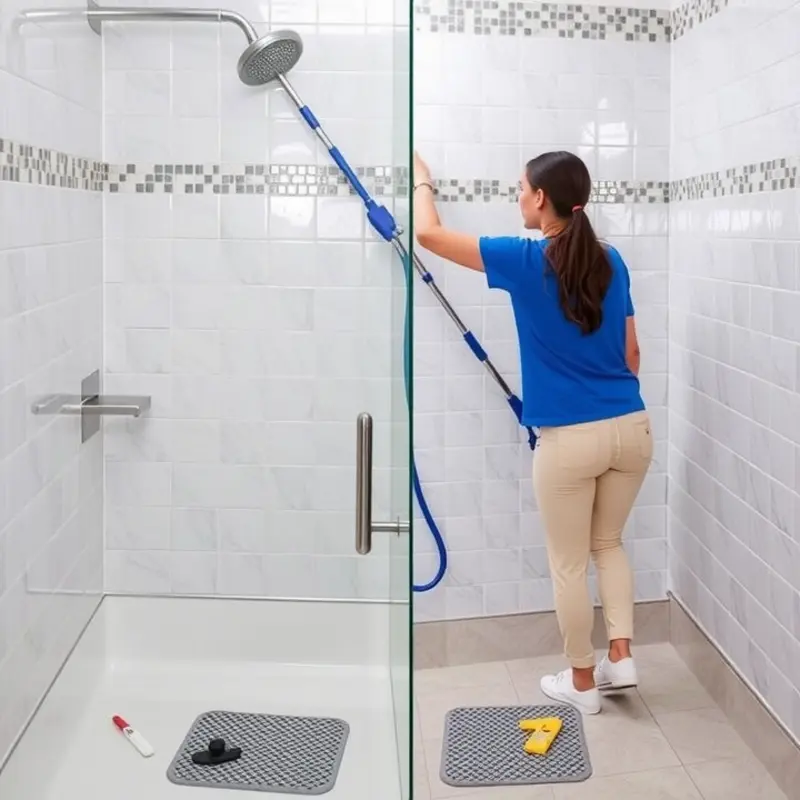
Regular maintenance of your apartment shower is as vital as paying your rent on time. A well-maintained shower not only ensures hygiene but also prevents accidents that can occur due to wear and tear. Let’s explore the best practices you can adopt to enhance both longevity and safety.
Cleaning your shower is the most fundamental step in its upkeep. Aim to clean your shower at least once a week. Focus on the tiles and grout, as these spots are prone to mold and mildew. Use a homemade solution of vinegar and water or a mild cleaning product to gently scrub away soap scum without damaging surfaces. Remember, a slippery floor is a potential hazard, so daily rinsing of the shower area can also help maintain a clean and safe environment.
Regular inspection for damages goes hand in hand with cleaning. Pay attention to any signs of cracking in tiles, loose fixtures, or any water leakage. A leaking faucet or shower head not only wastes water but can also lead to mold growth, which might go unnoticed behind walls. Check the caulking around the base of your shower and reseal any gaps you find. This not only prevents leaks but also adds to the appearance of a well-cared-for shower.
When you notice issues that are beyond minor repairs, it might be time to negotiate repairs with your landlord. Approach this by documenting the problems—take photos and note when issues were first noticed. This will provide a clear picture to your landlord and emphasizes your proactive approach in maintaining the property. State how these repairs are essential not only for the aesthetics but also for safety and avoiding larger, more costly repairs in the future.
Sometimes landlords may not see the urgency in undertaking specific repairs. If you encounter resistance, frame the conversation around safety concerns, supporting it with evidence of leaks or damaged tiles. Highlight how these could potentially lead to accidents or further damage if not addressed promptly. This approach aligns well with tenants’ rights in ensuring habitable living conditions. For more insight into tenant rights and negotiations with landlords, you might find this guide on renters’ rights and discrimination helpful.
Maintaining your shower diligently also involves ensuring all elements are functioning correctly. Cross-verify if the water pressure and temperature control are consistent. Both issues can prevent unfortunate incidents like scalding or slips due to unexpected bursts of hot or cold water. Keep a non-slip mat on the floor of your shower stall to add that extra layer of safety.
By incorporating these maintenance tips, you’re not just ensuring a clean and pleasant shower experience but also protecting yourself and others from potential mishaps. The effort you invest in maintenance will pay off with a safer, longer-lasting home environment.
Final words
In conclusion, shower safety is a paramount concern for renters that can greatly influence your overall comfort and peace of mind. By establishing a secure shower environment and committing to maintenance, you can mitigate the risk of accidents or damages. Simple practices, such as adding non-slip mats, verifying the stability of grab bars, and regularly inspecting fixtures, go a long way in creating a safe and pleasant shower experience. Remember, a secure shower isn’t solely a luxury; it’s a necessity that enhances your well-being at home. Implementing these safety measures elevates your living situation and fosters a community of safety-conscious renters. Your comfort and security matter, so take charge of your shower safety today.

